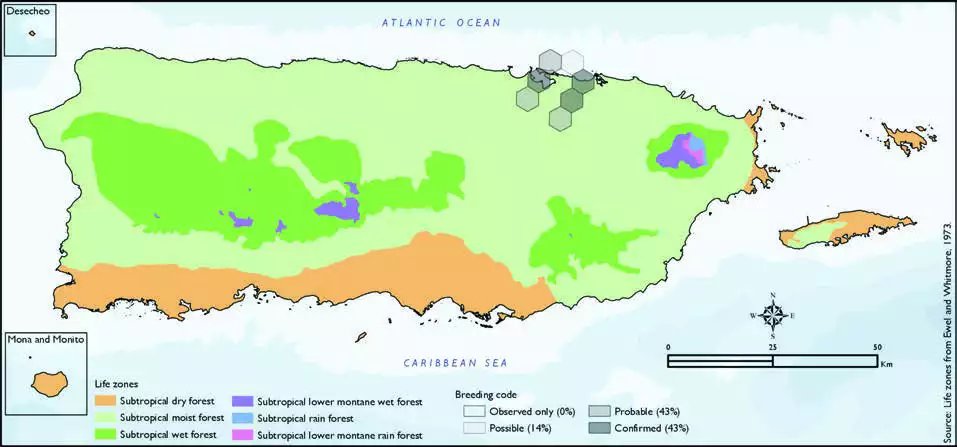Java Sparrow
Description
The Java sparrow (Padda oryzivora), also known as Java finch, Java rice sparrow or Java rice bird, is a small passerine bird. This estrildid finch is a resident breeding bird in Java, Bali and Bawean in Indonesia. It is a popular cage bird, and has been introduced into many other countries. Some taxonomists place this and the Timor sparrow in their own genus Padda.
The Java sparrow is about 15 to 17 cm (5.9 to 6.7 in) in length from the beak to its tip of tail feathers. Although only about the size of a house sparrow, it may be the largest species in the estrildid family. The mean body mass is 24.5 g (0.86 oz), making it slightly heavier than its nearest known rival, the black-bellied seedeater. The adult is unmistakable, with its grey upperparts and breast, pink belly, white-cheeked black head, red eye-ring, pink feet and thick red bill.
Threats
The Java sparrow is considered by some countries to be an agricultural pest with respect to rice cultivation. An ongoing loss of natural habitat, hunting in some areas and trapping (as a pest) in others has led to much smaller numbers in the wild and sightings in its natural range have become increasingly uncommon. The Java sparrow is now evaluated as endangered on the IUCN Red List of Threatened Species (uplisted from vulnerable in 2018) and is listed on Appendix II of CITES.[10] The species is also severely threatened by the illegal exotic pet trade as they are sought after for their distinctive song, according to TRAFFIC.[11]
Distribution & Habitat
The Java Sparrow is native to Java, Sumatra, and Bali, and has
been introduced to Puerto Rico,
Jamaica (Camacho Rodríguez
and others 1999, Raffaele and
others 1998), Hawaii, and other
tropical regions (Oberle 2018). In
Puerto Rico, it is established and
fairly common in metropolitan
San Juan (Oberle 2018, Raffaele
and others 1998), and it is one of
the most common bird species
in Old San Juan (Oberle 2018).
Habitat includes mostly urban
areas with short grass and lawns
with seeding grasses (Raffaele
and others 1998). In its native
habitat, it is considered a pest
in rice fields (Oberle 2018). The atlas fieldwork yielded a
total of 11 records within seven
hexagons or 1.4 percent of the
479 total hexagons (see map).
Of the seven hexagons where
this species was found, breeding
met the atlas definition of
confirmed in 43 percent (three)
of the hexagons, probable in 43
percent (three), and possible in
14 percent (one) (see map).Java Sparrow distribution. The map shows the highest breeding code by hexagon and overlaying the ecological life zones in
Puerto Rico. Note: percentages may not total 100 due to rounding.

Breeding Habits
Previously published reports indicate that the Java Sparrow
breeds from July to February
(Raffaele and others 1998). The
nest is usually made of grass
and is built in a crevice, window
ledge (Raffaele and others 247Java Sparrow/Gorrión de Java1998), hole, or under eaves of a building (Oberle 2018). Atlas
results show that this species
breeds mostly from May to July
and to a lesser extent during
August and November, and the
breeding activity peaks in May
(see chart). Results show that this
species breeds in the subtropical
moist forest life zone (100
percent of the hexagons) (see
table and map).
Conservation
The current population trend of the Java Sparrow is described as
decreasing in its native range (BirdLife International 2018,
Yuda 2008). This species is
currently listed as Endangered by
the IUCN (BirdLife International
2018). Locally, this species is not
listed in any of the threatened
categories of PRDNER and
USFWS. In Puerto Rico, the Java
Sparrow has a protected habitat
in land of 5 percent or 7 km2 of the total area covered by
the hexagons where evidence
of breeding was found for this
species (143 km2).
Related Species
Family:
finch